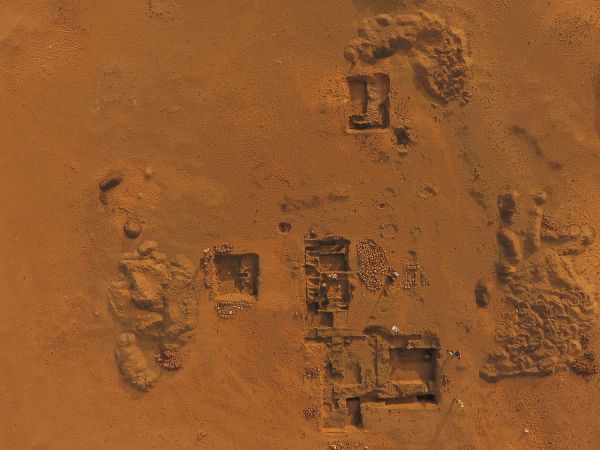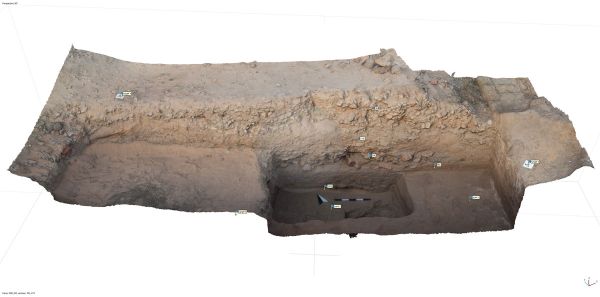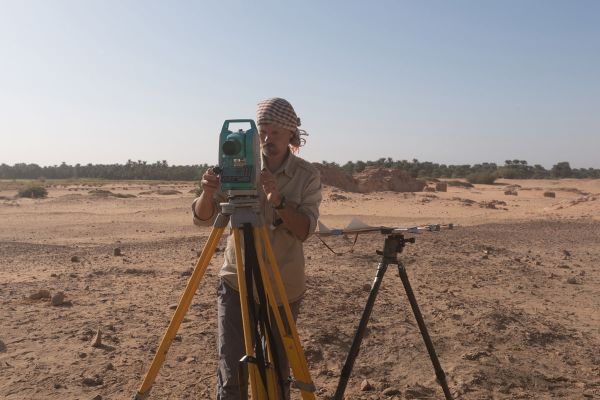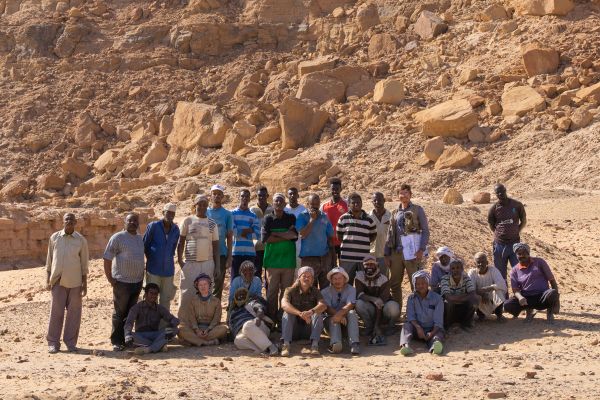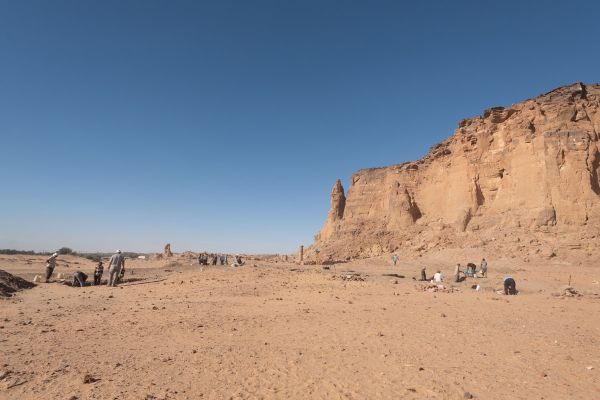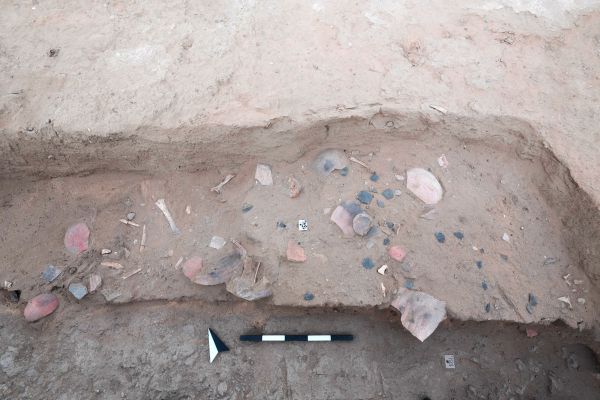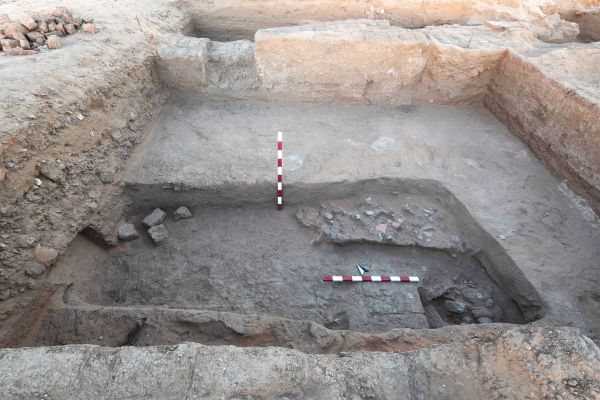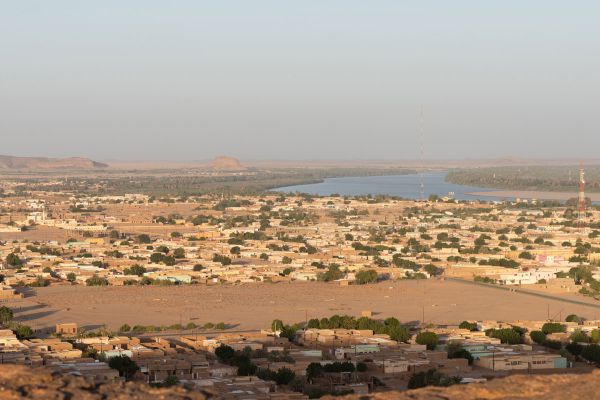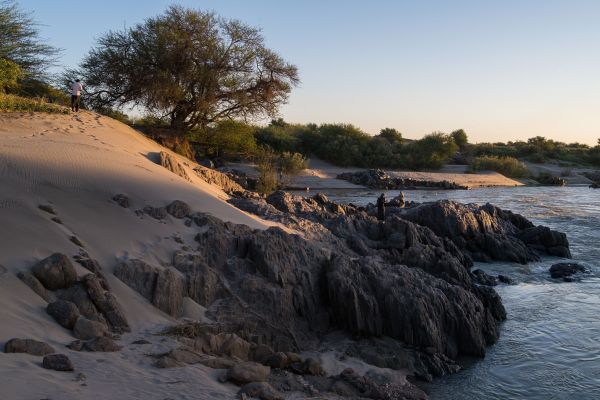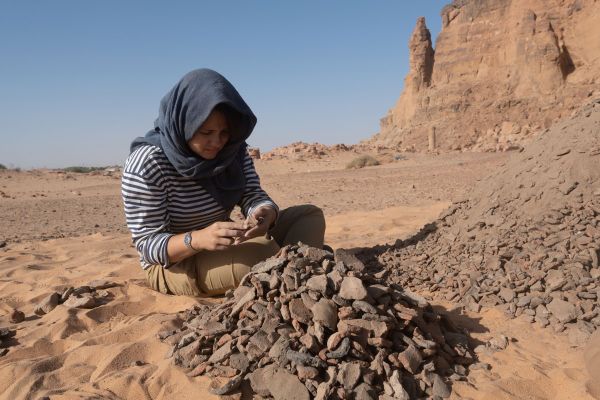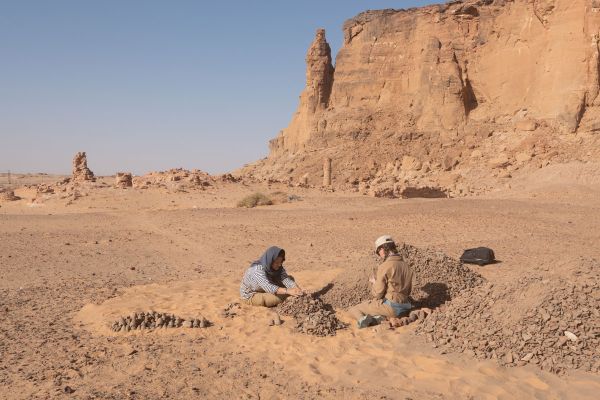Saturday 26 December 2020
Archaeological Expedition to Gebel Barkalе (Sudan)
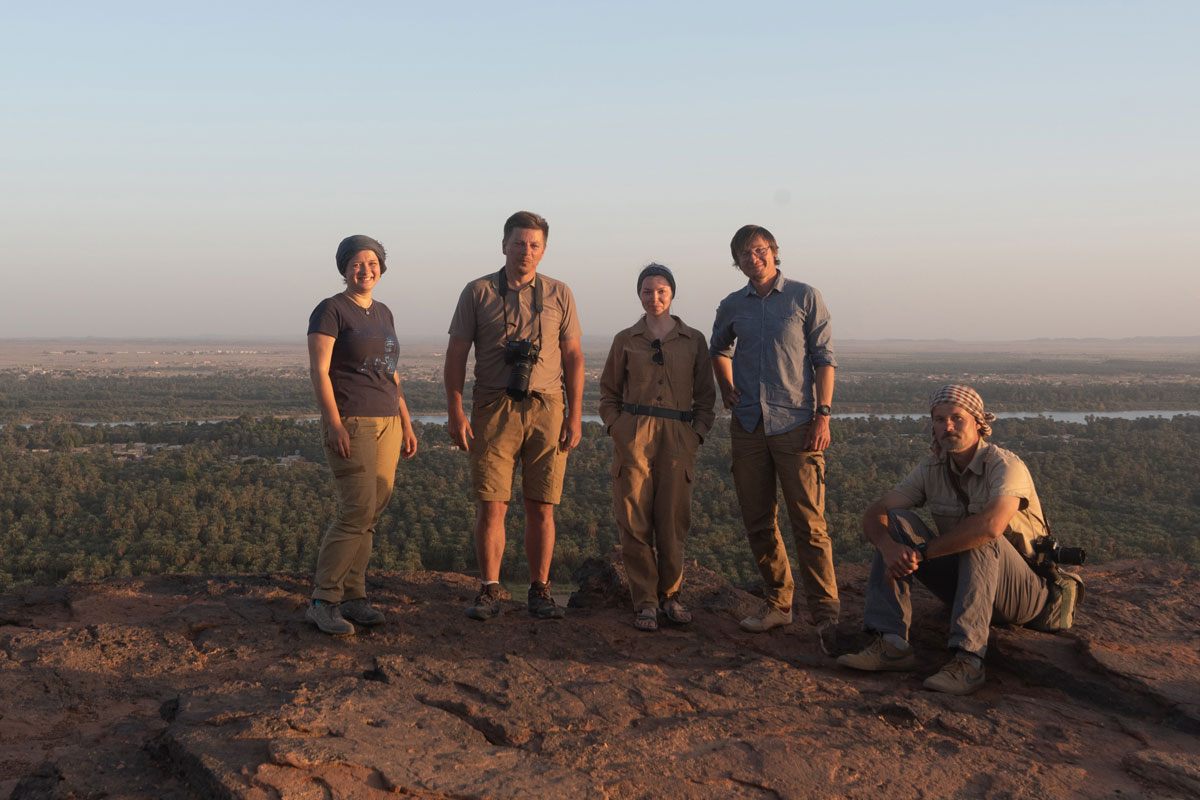
Тhe first field season of the archaeological expedition of the Institute of Oriental Studies (the Russian Academy of Sciences) in Gebel Barkale ended on December 26th, 2020. M.A. Lebedev, the senior researcher, PH. D., was the head of the expedition.
The expedition became part of an international project study of the ancient capital temple area of the Kushite kingdom - Napata.
In addition to the staff of the Institute of Oriental Studies (S.V. Vetokhov, architect, Ph.D., senior researcher, V.I. Yarmolovich, ceramist, junior researcher, a staff member of the Egyptian Study Center of the Russian Academy of Sciences), the expedition was attended by the specialists from the The Institute of Archeology of the Russian Academy of Sciences (A.A. Troshina, palynologist, Ph.D., junior researcher), as well as the employees of the Metropolitan Archaeological Bureau (S.V. Malykh, archaeologist) and the staff workers of Sudan National Corporation of Antiquities and Museums.
The territory of the expedition covers an area of about 20,000 sq. m. It is located to the southeast and north from the Great Temple of Amon and, according to the data magnetic survey, the location hides from 3 to 5 unexplored temples of the Meroitic period (4th century BC - 4th century AD). These temples are located along the dromos of the Amon Great Temple, as well as a residential complex and, possibly, industrial premises (4th century BC - 6th century AD).
Napata is the oldest metropolitan center of the Kushite kingdom. It is located in the area of the 4th Nile threshold. The first mention of Napata in written sources refers to the reign of the Egyptian king Thutmose III (about 1479-1425 BC), who established the southern border of his empire in the area of the Nubian settlement. An active religious construction was led actively on the outskirts of Napata, at the foot of the sacred mountain Gebel Barkale, in the II-I millennium BC. The Amon Great Temple became the temple area center that played a vital role in the religion and economy not only of ancient Kush, but also Egypt. After the final transfer of the Kushite kingdom administrative capital to Meroe in the 300 year BC, Gebel Barkale, apparently, retained the status of the country's main religious center. The first scientific excavations at Gebel Barkale took place in 1916–1917, but regular archaeological research began only in the 70’ies of the 20th century. Gebel Barkale, was declared a UNESCO World Heritage Site in 2003, along with the adjacent temples and the settlement.
In the year 2020 the efforts of the expedition members (the Institute of Oriental Studies) were focused on exploration, topography, and study of the B1700 palace complex, erected north of the main courtyard (B 501) of the Amon Great Temple. The construction plan was specified, the stratigraphy was studied in detail, archaeobotanical and archaeozoological materials were gathered, and palynological research was carried out.
Numerous architectural details, fragments of faience tiles and gold foil found during the excavations, testify to the once rich decoration of this complex. A massive ceramic fault became another object of research. It was formed in the 1st millennium BC north and northwest of the Great Temple of Amon. It consists mainly of fragments of bread molds - waste of large-scale and long-term grain production at the Amon temple.
The study of the mass ceramic material from the dump will give us an opportunity to approach the solution of important socio-economic and religious issues related to the functioning and role of the god Amon cult in the Kushite kingdom.
The expedition is being accomplished on the basis of the Nile Valley Archeology Center (Department of Oriental History, the Institute of Oriental Studies) in cooperation with Sudan National Corporation of Monuments and Museums.
An important part of the project is the usage of modern technologies in archeology (GIS, 3D modeling, analysis of satellite images, aerial photography), and natural-science methods. The expedition work should make a significant contribution to the development of an integrated approach to the study of archaeological sites on the territory of the Nile Valley, as well as cooperation between various institutes of the Russian Academy of Sciences system.
